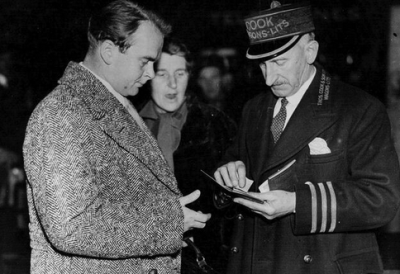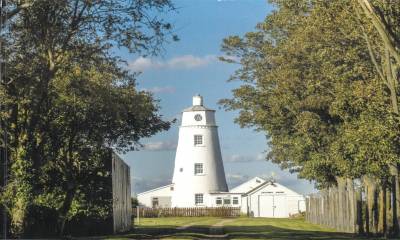History
Sir Peter Scott
His influence on conservation and why it's still so relevant today
Sir Peter Scott, son of captain Scott of the Antarctic, was two years old when his father died. In later life he went on to become our greatest naturalist of the twentieth centaury. Founder of the Wildlife and Wetlands Trust and the World Wildlife Fund as well as prominent member of the IUCN, he was particularly known and influential for his promotion and preservation of the actual wild habitat used by animals, rather than simply their preservation in zoos.
Lighthouse History
The Sir Peter Scott Lighthouse (East Bank Lighthouse)
Completion of the three mile long river Nene cutting in 1830 meant that a land drainage scheme that had defeated hundreds of years of effort had at last been achieved and the huge inland area known as the ‘Fens’ was safe. To mark this amazing but vastly expensive achievement, two celebratory lighthouses (the East and West) were constructed where the new cutting ran into the sea area known as The Wash.
The Snowgoose Story
Read about the fascinating link between the lighhouse and the snowgoose
Paul William Gallico (July 26, 1897 – July 15, 1976) was an American sports writer turned novelist and fiction writer. He gained fame for his touching human stories, with many of his works adapted for motion pictures.
His masterpiece was ‘The Snow Goose’. A short book that has been translated into just about every major language in the world. It has been in continual print and set to music and poetry many times. In 2010 the BBC asked the public which story they would most like to hear re-recorded and the Snow Goose was the favorite choice.
A timeless legend of wildlife, humanity, love and sacrifice that uses every emotional appeal in the box and achieves it, due to its wonderful and poetic writing style.





